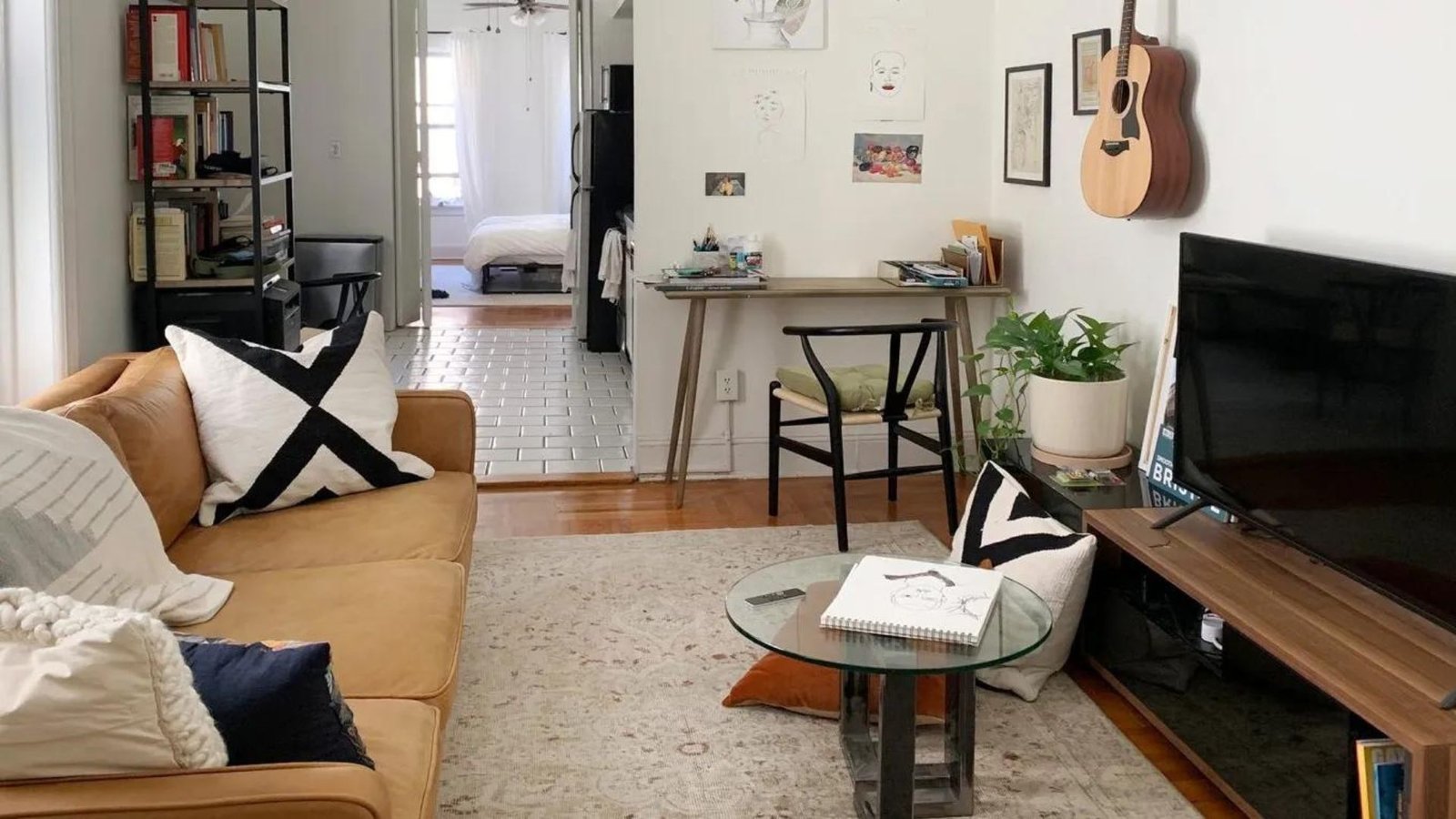Maximizing Space in a Small Apartment: Practical Tips
- By -Peter
- Posted on
- Posted in Modern Architecture
Have you ever wondered how to make the most out of a small apartment, where space is limited but creativity can flourish? In this article, we’ll explore practical and straightforward strategies to optimize space in every corner of your compact living space.
How to Optimize Space in a Small Apartment
Assessing Your Needs and Priorities
The first step to optimizing space in a small apartment is to assess your needs and priorities. Understand how you use each room and what activities are essential for your lifestyle. This will help you prioritize what items and functions are most important to accommodate in your limited space.

For example, if you work from home frequently, creating a dedicated workspace might be a priority. Alternatively, if you enjoy hosting friends, ensuring there is ample seating or a dining area could be essential.
Embracing Multifunctional Furniture
Multifunctional furniture is your best friend when it comes to maximizing space in a small apartment. Look for pieces that serve more than one purpose, such as a sofa bed, a dining table with storage compartments, or a coffee table that doubles as a desk.
These versatile pieces help minimize clutter and make the most of limited square footage. For instance, a Murphy bed can be folded up during the day to create additional living space, while a storage ottoman provides extra seating and a place to store blankets or magazines.
Utilizing Vertical Space
In small apartments, every inch counts—including vertical space. Make use of walls and vertical surfaces to maximize storage and display areas. Install floating shelves above desks or sofas to store books, plants, or decorative items. Consider tall bookshelves or cabinets that reach up to the ceiling to maximize storage capacity without taking up additional floor space.
Hooks and pegs can also be mounted on walls to hang coats, bags, or accessories, keeping them off the floor and organized. By utilizing vertical space effectively, you can create a more spacious and organized environment in your apartment.
Creating Zones within Rooms
Creating distinct zones within a room helps define different areas for various activities, even in a small apartment. Use area rugs or room dividers to delineate spaces for sleeping, working, dining, and relaxing. This not only organizes the layout but also makes the apartment feel larger and more functional.
For example, a small rug and a couple of armchairs can define a cozy reading nook in a corner of the living room, while a folding screen can create privacy for a home office area in the bedroom.
Maximizing Natural Light
Natural light can make a small apartment feel brighter, more spacious, and inviting. Maximize natural light by keeping windows unobstructed and using sheer or light-coloured curtains that allow sunlight to penetrate the room. Mirrors strategically placed opposite windows can also reflect light and create the illusion of more space.
Additionally, consider using light-coloured paint or wallpaper to brighten up walls and ceilings. Lighter hues tend to make rooms feel larger and airier compared to darker colours, which can visually shrink a space.
Streamlining Clutter and Storage
Clutter is the enemy of small apartments. To optimize space effectively, regularly declutter and organize belongings. Invest in storage solutions such as baskets, bins, and drawer organizers to keep items neatly stored and easily accessible.
For instance, under-bed storage boxes can hold seasonal clothing or extra bedding, while hanging organizers inside closet doors can store shoes, accessories, or cleaning supplies. Adopting a minimalist approach to décor and furnishings can also help maintain a sense of openness and spaciousness in your apartment.
Embracing Minimalist Design Principles
In small apartments, less is often more. Embrace minimalist design principles by choosing furniture and décor that are sleek, simple, and functional. Opt for furniture with clean lines and slim profiles to create an uncluttered and visually spacious environment.
Avoid overcrowding rooms with unnecessary furnishings or accessories. Instead, focus on selecting a few statement pieces that complement the overall aesthetic of your apartment. This minimalist approach not only enhances the sense of space but also promotes a calm and serene atmosphere.
Conclusion
In conclusion, optimizing space in a small apartment is about making thoughtful and strategic choices that maximize functionality without compromising on style and comfort. By assessing your needs, embracing multifunctional furniture, utilizing vertical space, creating zones within rooms, maximizing natural light, streamlining clutter and storage, and embracing minimalist design principles, you can transform your compact living space into a comfortable and efficient home.
Remember, with creativity and smart planning, even the smallest apartment can feel spacious and organized. Implement these practical tips to create a living environment that reflects your personality and supports your lifestyle, making every square foot count.



